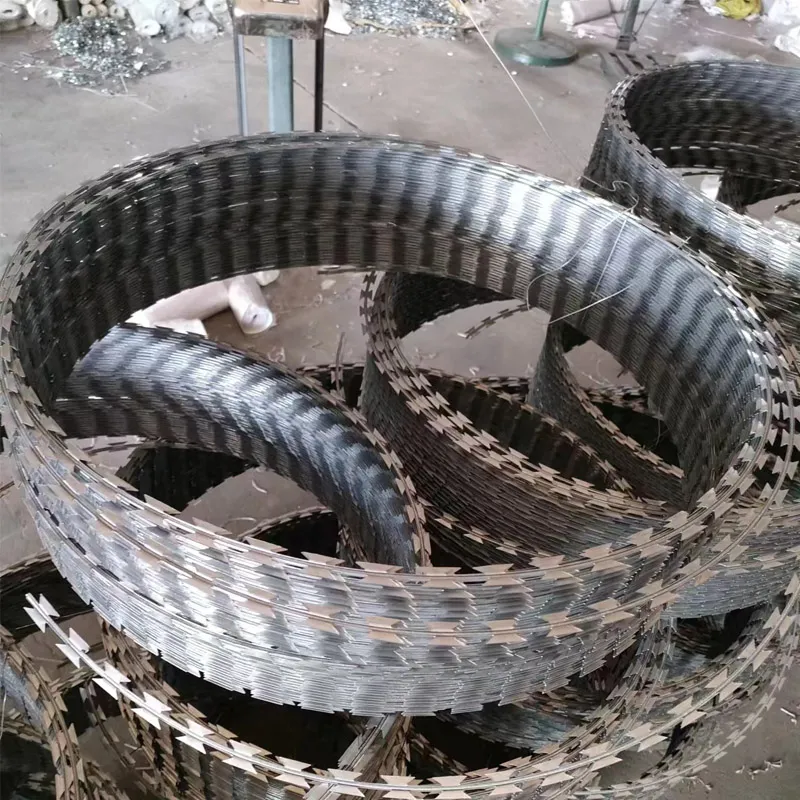نوفمبر . 27, 2024 16:26 Back to list
Essential Guide to Hydraulic Hose Pipe Fittings for Optimal Performance and Safety
Understanding Hydraulic Hose Pipe Fittings Essential Components for Fluid Power Systems
Hydraulic systems play a pivotal role in various industries, ranging from agriculture to construction, manufacturing, and automotive engineering. One of the critical components that facilitate the efficient functioning of these systems is hydraulic hose pipe fittings. Understanding the types, applications, and best practices associated with these fittings is essential for anyone involved in hydraulic system design, maintenance, or operation.
What Are Hydraulic Hose Pipe Fittings?
Hydraulic hose pipe fittings are specialized connectors used to join hydraulic hoses to other components, such as pumps, valves, cylinders, and other hoses. These fittings are designed to create a secure, leak-proof seal that can withstand high pressure and various environmental factors including temperature changes and exposure to fluids. The proper use of these fittings is crucial for ensuring the safety and efficiency of hydraulic systems.
Types of Hydraulic Hose Pipe Fittings
There are several types of hydraulic hose fittings, each specifically suited for different applications and pressure requirements. The most common types include
1. NPT (National Pipe Thread) Fittings These are commonly used in a wide range of hydraulic applications. The tapered thread design allows for a tight seal, making them suitable for high-pressure systems.
2. BSP (British Standard Pipe) Fittings Similar to NPT, BSP fittings are used primarily in Europe and are available in tapered (BSPT) and parallel (BSPP) varieties. Their design allows for versatile applications in various hydraulic systems.
3. JIC (Joint Industrial Council) Fittings These fittings are characterized by their 37-degree flare connection, which allows for a strong and vibration-resistant seal. JIC fittings are widely used in automotive and heavy machinery applications.
4. ORFS (O-Ring Face Seal) Fittings These fittings utilize an O-ring to create a tight seal and are ideal for high-pressure applications. They provide a higher leak resistance than traditional fittings, making them a popular choice for demanding environments.
5. SAE (Society of Automotive Engineers) Fittings Typically used in hydraulic systems, SAE fittings come in various forms, including O-ring and 37-degree flare variations, and are designed to meet specific engineering standards.
Applications of Hydraulic Hose Pipe Fittings
Hydraulic hose pipe fittings are employed in various sectors, reflecting their importance in fluid power systems
. Some key applications includehydraulic hose pipe fittings

- Construction Hydraulic systems are used in excavators, bulldozers, and backhoes. The fittings must withstand extreme conditions, ensuring the machines operate efficiently.
- Agriculture Tractors and other farming equipment utilize hydraulic systems for tasks such as plowing and lifting. Quality fittings guarantee reliable performance in the field.
- Manufacturing In automated production lines, hydraulic systems are integral for machinery movement. Proper fittings ensure seamless operation and minimize downtime.
- Automotive Hydraulic brake systems, power steering, and transmission systems rely on reliable hose fittings for safety and performance.
Best Practices for Selecting and Maintaining Hydraulic Hose Pipe Fittings
Choosing the right hydraulic hose pipe fittings is essential for system efficiency and longevity. Here are some best practices
1. Correct Sizing Ensure the fittings match the hose diameter and the required pressure rating. An improper fit can lead to leaks or failures.
2. Material Compatibility Select fittings made from materials that can withstand the specific fluids used in your hydraulic systems. This consideration prevents corrosion and degradation.
3. Regular Inspection Regularly check fittings for wear and tear. Look for signs of leaks, damage, or corrosion, and replace any compromised fittings promptly.
4. Proper Installation Utilize the correct torque specifications during installation to avoid over-tightening, which can cause mechanical failure.
5. Follow Manufacturer Guidelines Always adhere to the specifications provided by the manufacturer regarding pressure ratings, compatibility, and maintenance schedules.
Conclusion
Hydraulic hose pipe fittings are integral to the reliability and efficiency of hydraulic systems across various industries. By understanding the different types and their applications, as well as adhering to best practices for selection and maintenance, professionals can ensure optimal performance and safety in their hydraulic operations. Investing time in knowledge about hydraulic fittings will pay off significantly in the long run, leading to increased efficiency and reduced operational costs.
-
The Role of Field Wire Fence in Grassland Conservation
NewsJul.15,2025
-
Stainless Steel Razor Wire Durability in Coastal Environments
NewsJul.15,2025
-
Enhancing Home Security with Mesh Fences
NewsJul.15,2025
-
Diamond Mesh Wire for Small Animal Enclosures
NewsJul.15,2025
-
Common Wire Nail Tensile Strength Testing for Woodworking
NewsJul.15,2025
-
Barbed Wire Corrosion Resistance Galvanization Techniques
NewsJul.15,2025









